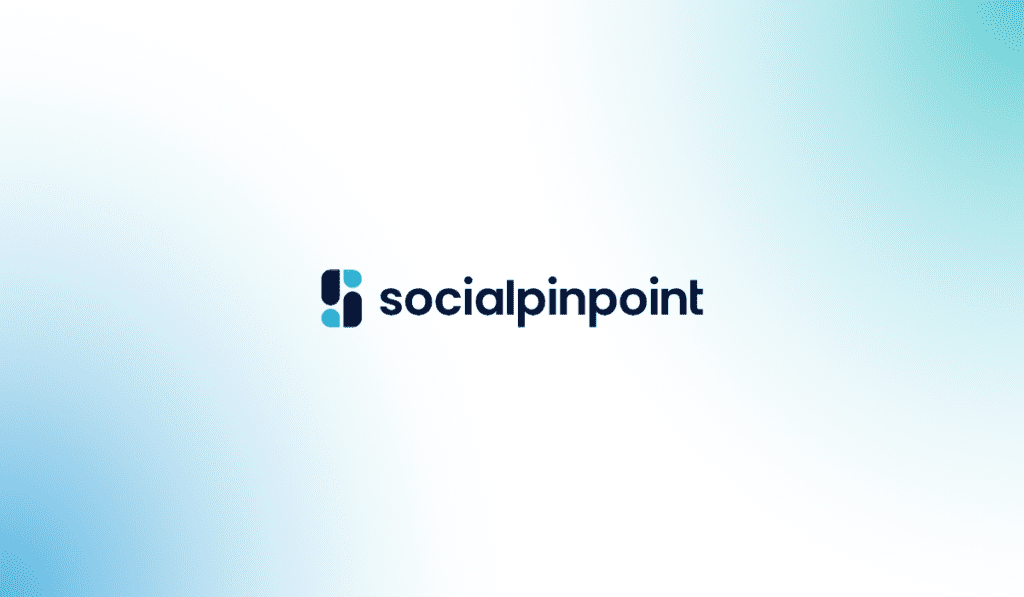Participatory decision-making can be complex to navigate. When you involve community members in decision-making, you need to stay focused on long-term goals while being reactive to their ever-changing and diverse needs. Discover how agile engagement methodologies can help you find the balance.
How do you stay in tune with the community’s dynamic needs while staying focused on your long-term vision? In the best-case scenario, community engagement creates empowered individuals, sparks creativity, and overcomes challenges through participatory decision-making. It creates a sense of co-ownership where citizens are invested in the community’s success, rather than feeling like it is being handed down to them. When local governments and citizens have an open dialogue and work together hand in hand, the hearts and minds of the community are activated in a way that leads to a positive commitment to shared goals and vision.
But we don’t live in a perfect world. The most well-devised, collaborative plan can be thrown off course by external circumstances at any minute, and we have to set priorities that are bound by budgets and resources. While the community will always have the same basic needs like food and shelter, other needs can change over time (and sometimes overnight). Prior plans might have to be adjusted and you can only re-ascertain what the community needs by listening to them.
That’s why adopting agile methodologies into your existing workflows and frameworks can allow you to involve the community while continuing to move towards your goals, balancing the best of both worlds.
What are Agile Methodologies?
Agile was born in the software world and became a new, iterative project management approach adopted by at least 94% of organizations in some form. It’s unlike the pre-existing Waterfall approach, in which all requirements are gathered at the beginning, then design and development are completed in a linear cascading fashion.
The agile approach can also be powerful for local governments and organizations practicing community engagement because it allows decision-makers and stakeholders to work together simultaneously. It is responsive to changing needs and circumstances, improving overall efficiency and satisfaction.
At its core, agile breaks large projects and initiatives down into small iterations, and at the end of each sprint, something of great value is produced. The community is included in the project and it’s easier to make changes when the unexpected inevitably arises. Waterfall approaches are no longer the best use of a budget because the chance of receiving change requests during a community initiative is far higher.
Why Do Communities Need Agile Engagement?
Agile methodologies are needed when problems are complex and the solutions are unknown while the market environment, preferences, and potential courses of action change quickly. (That sounds like a day in the life of a policy or decision-maker to us!)
In the community engagement context, agile rewards us with unsurpassed productivity and innovation, while citizens feel valued, respected, and heard at the same time.
However, we must air a word of caution at this point. Agile methodologies also require that work is able to be broken down into parts and the consequences of events provide valuable learning rather than being catastrophic. We all know that community and project approvals can be binding and the risks of your decisions can be high, so engaging early in the project lifecycle is a must.
So, How Do We Practice Agile Community Engagement?
First of all, your organization has to want to be able to move quickly and easily, make changes as needed, frequently reassess plans, and adapt easily. Secondly, your workflows need to prioritize individuals and interactions over processes and tools, be responsive to change over sticking to the plan, and work with communities rather than for them.
You have to have a community engagement strategy and toolkit that allows you to capture feedback from a representative cross-section of the community at key phases throughout your project lifecycle.
The Planning Phase:
Engage earlier and deeper when you are in the planning phase. This is the crucial point in time in which you have to determine the community’s needs and their biggest pain points. You can use online surveys, participatory budgeting tools, and interactive maps to get a rich mix of quantitative, qualitative, and location-based insights.
The Development and Design Phase:
This is when you want to collaborate to develop alternatives and solutions, so your community engagement strategy should be geared up to ensure that everyone’s concerns, aspirations, and ideas are considered. Use tools like online forums, focus groups, and idea generators to enable collaboration and perspective seeking in modular sprints. You will definitely come across differing opinions, but citizens will begin to understand where other people are coming from and all of the alternative courses of action on the table.
The Launch Phase:
This is the crucial moment at which you present the solution to your community, so make sure you have polls and surveys set up to gather feedback and gauge sentiment. (Note, if you have completed the steps above, this phase will roll out far more smoothly because the community already had a sense of co-ownership of the solutions). You might want to set up an online engagement page, housing an array of project information and engagement tools to gather feedback over time. After all, you’ve designed a long-term solution, so does your engagement ever really end?
Are You Ready to Give it a Try?
Responsive and organized aren’t mutually exclusive terms. With a bit of planning and the right toolkit, agile methodologies can help you to stay in tune with your community while keeping the ball rolling on long-term projects at the same time.












